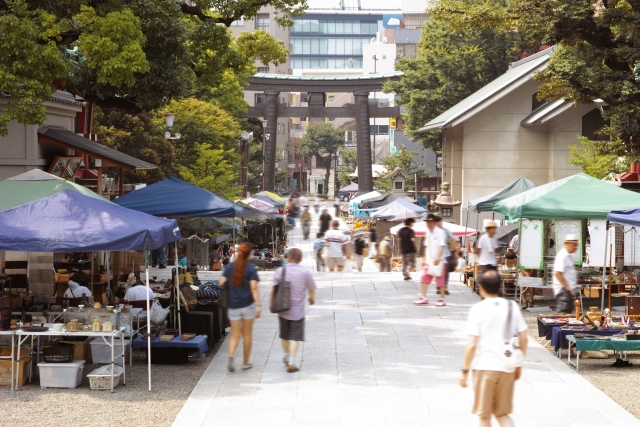Antique lovers will be delighted to know that Japan has a thriving market scene filled with charm and history.
From small local gatherings to large monthly events, these markets offer a fascinating glimpse into Japan’s past — and maybe, a chance to find your own little treasure.
A Serene Setting Beneath the Shrine Trees
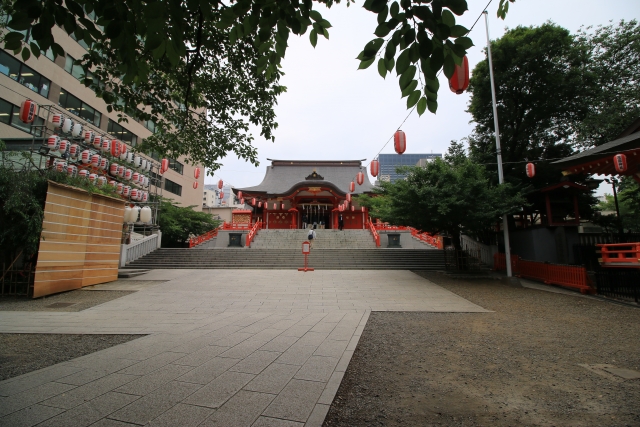
One of the most beautiful things about Japanese antique markets is their setting.
Many are held in the precincts of shrines, where tall trees sway quietly and the air feels calm.
It’s a perfect match — the sacred atmosphere of the shrine and the nostalgic charm of timeworn objects.
Early in the morning, vendors arrive one by one, spreading cloths on the ground and arranging their goods.
Unlike in the West, items are often displayed directly on the ground rather than on tables,
giving the whole place a relaxed, down-to-earth feel.
Walking among the stalls feels almost like traveling through time —
each object whispering a story from another era.
From Ceramics to Kimono: So Many Things to Discover
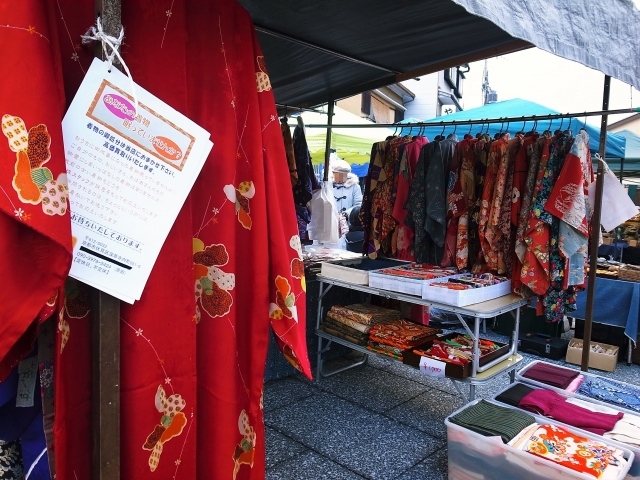
The variety is astounding.
You’ll find art, ceramics, kimono fabrics, calligraphy tools, toys, and furniture —
from small trinkets to rare, one-of-a-kind pieces.
Many items are uniquely Japanese, things that have quietly disappeared from daily life.
Browsing through them is like visiting a museum you can touch — except here, you can take a piece of history home.
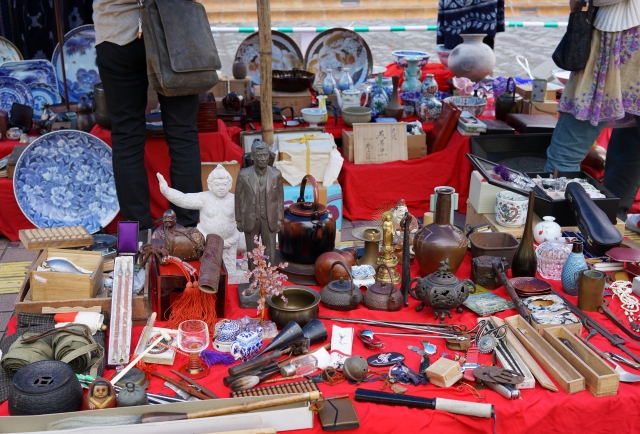
What makes it even more enjoyable is the conversation with the vendors.
Most sellers are passionate collectors themselves, eager to share the story behind each item.
If you take the time to listen, you might learn where it came from, how it was used, or who once owned it.
And yes — the price is often negotiable.
A friendly chat may lead to a nice discount, or even a smile and a story that’s worth more than money.
The Hidden Value in Everyday Things
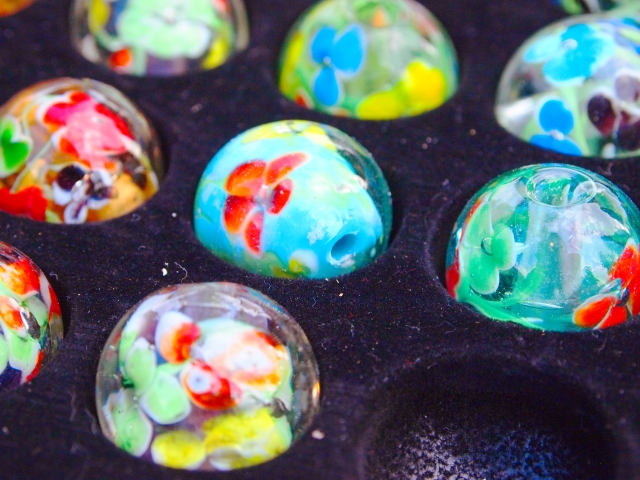
You don’t have to be a professional collector to enjoy these markets.
Sometimes, the true value lies not in the price, but in the feeling the item gives you.
A chipped cup, a hand-painted fan, or a worn-out book —
they all carry traces of someone’s life,
a quiet beauty that can’t be mass-produced.
If you have an eye for quality and a heart for stories,
you might just find a treasure far greater than its price tag.

